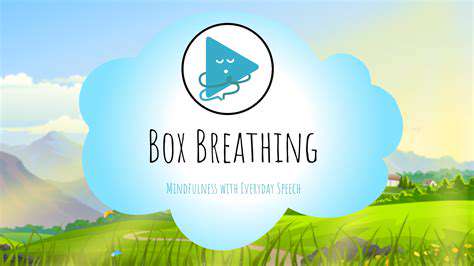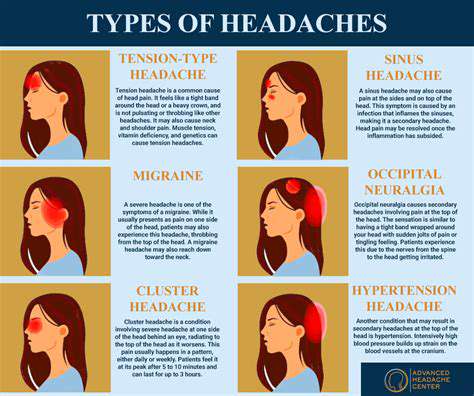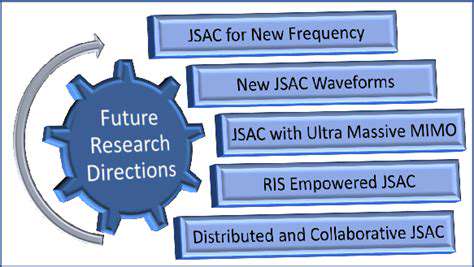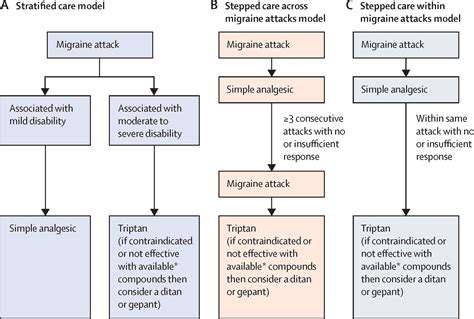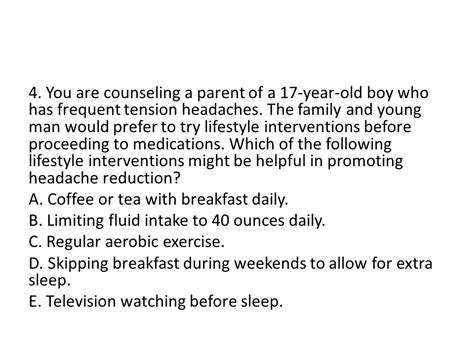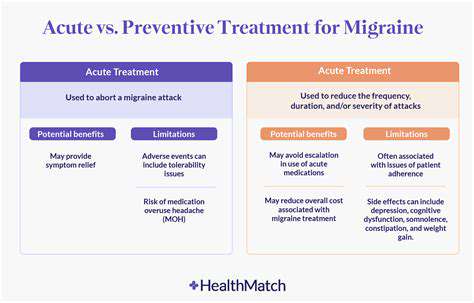Using Data (Headache Diary) to Empower Change
Understanding Your Headache Triggers
Maintaining a headache diary proves invaluable for uncovering patterns and potential triggers. When you diligently document each headache episode's details, subtle connections begin to emerge. Could that extra cup of coffee or missed workout be contributing to your pain? Recognizing these personal triggers forms the foundation for creating effective prevention strategies and better headache management. The more thorough your recordings, the clearer these connections become.
This investigative process extends beyond simple cause-and-effect. It's about discovering your body's unique response patterns. Do certain triggers consistently lead to specific headache types? Is there a noticeable relationship between stress duration and pain intensity? These insights allow for truly personalized approaches to managing discomfort.
Analyzing Headache Frequency and Intensity
Systematically tracking how often headaches occur and their severity provides critical information about their impact on daily functioning. Your diary transforms into an objective record, revealing whether headaches are becoming more frequent seasonally or during particular life phases. Such longitudinal data often uncovers trends that might otherwise go unnoticed.
Equally valuable is documenting pain levels consistently. Using a standardized scale (like the 0-10 numerical rating) creates measurable data points that show whether certain triggers produce worse episodes or if current treatments are effectively reducing severity over time.
Monitoring Your Lifestyle Factors
A comprehensive diary includes detailed notes about daily habits and environmental conditions. Sleep quality, stress indicators, nutritional choices, physical activity, and even barometric pressure changes all deserve attention. You might discover surprising connections, like headaches consistently following poor sleep or specific weather patterns. These correlations often reveal modifiable factors that could reduce headache frequency.
Evaluating Treatment Effectiveness
Your recorded observations become powerful evidence for assessing which interventions actually work. Does that new medication provide complete relief or just take the edge off? Are relaxation techniques more effective when applied early in an episode? This empirical approach helps refine your management plan based on what truly works for your unique physiology.
Connecting with Healthcare Professionals
A well-maintained diary transforms doctor visits into more productive conversations. Instead of relying on memory, you bring concrete data showing patterns, triggers, and treatment responses. This evidence-based approach facilitates more accurate diagnoses and truly personalized care plans. The diary becomes a collaborative tool that empowers both patient and provider.
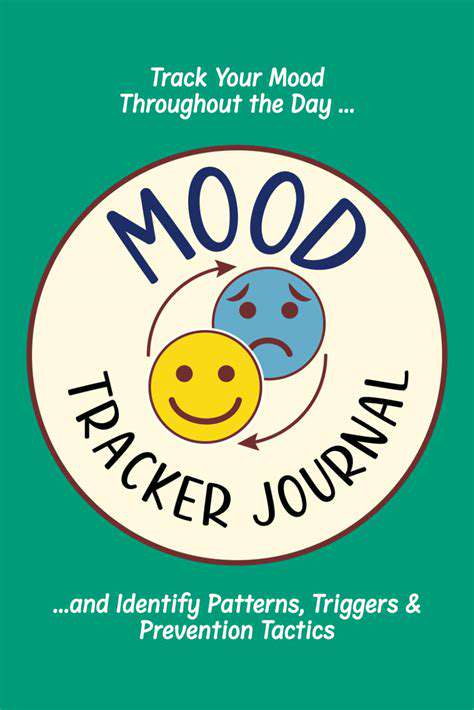

Beyond the Symptoms: Exploring Underlying Factors
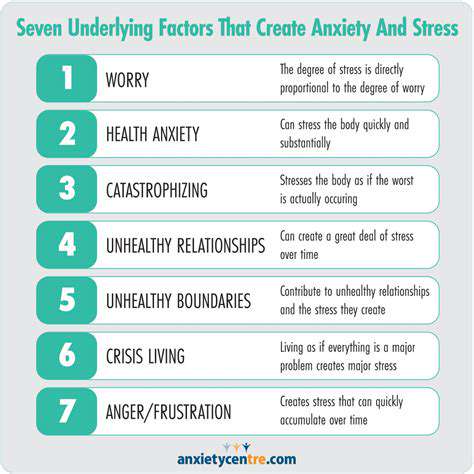
Unveiling the Root Causes
Effective problem-solving requires looking beyond surface manifestations to understand fundamental causes. Symptoms often represent just the visible portion of more complex physiological processes. True healing begins when we address core imbalances rather than just suppressing discomfort.
Root cause analysis demands methodical investigation across multiple dimensions. It examines biochemical, structural, emotional, and environmental influences that might contribute to headache patterns. This comprehensive approach often reveals unexpected connections that lead to more targeted solutions.
The Interconnectedness of Factors
Human physiology demonstrates remarkable complexity, where seemingly unrelated systems influence each other in surprising ways. Ignoring these connections leads to fragmented treatment approaches that often fail to provide lasting relief.
Whole-person care recognizes how sleep quality affects stress resilience, which impacts muscle tension, which influences headache patterns. This systems perspective enables interventions that address multiple contributing factors simultaneously.
Developing Proactive Strategies
While symptom management remains important, sustainable results require preventative approaches. Identifying and modifying risk factors before headaches develop represents the gold standard in care. This might involve nutritional adjustments, stress resilience training, or movement therapies tailored to individual needs.
Effective prevention creates positive feedback loops - as headache frequency decreases, sleep often improves, which further reduces headache susceptibility. This virtuous cycle demonstrates the power of addressing root causes rather than just symptoms.
Implementing Sustainable Solutions
Truly effective interventions must demonstrate lasting benefit without creating dependency. The best solutions empower individuals with self-care tools while addressing fundamental imbalances. This requires personalized approaches that consider each person's unique physiology, lifestyle, and goals.
Sustainable headache management evolves over time as individuals learn which strategies work best for their unique situation. This educational process creates lasting resilience against future episodes.

